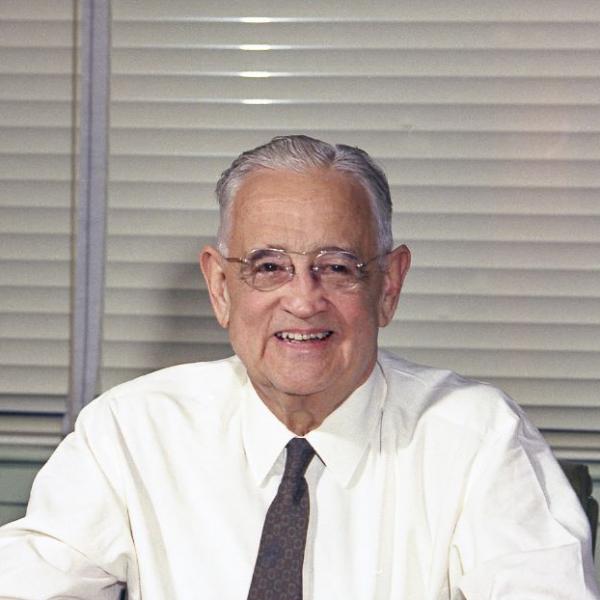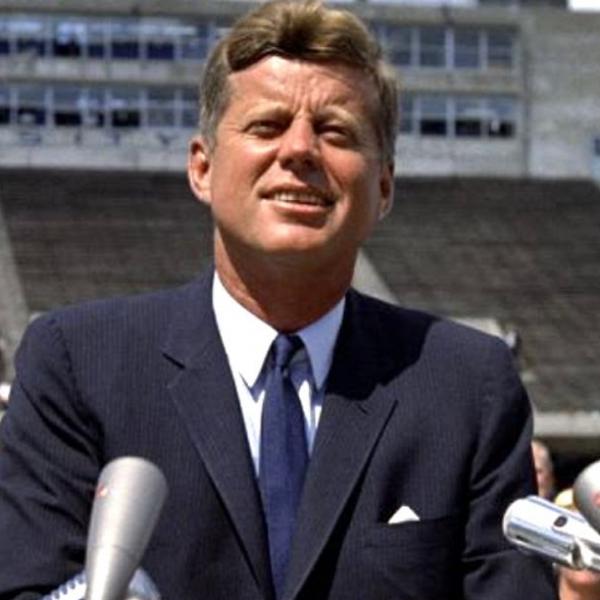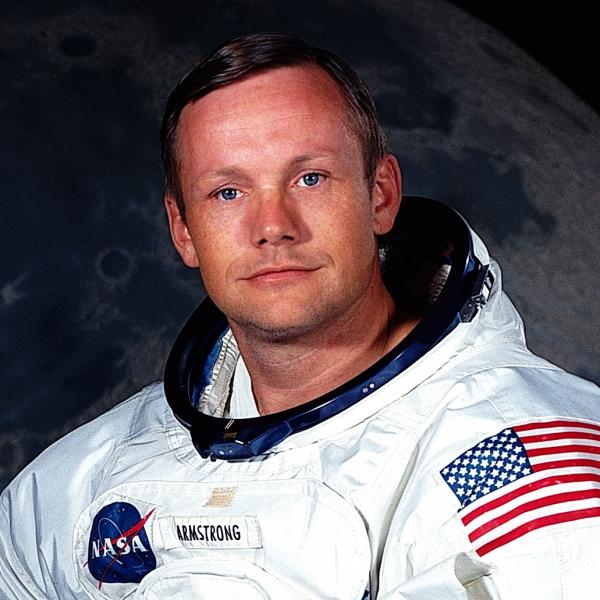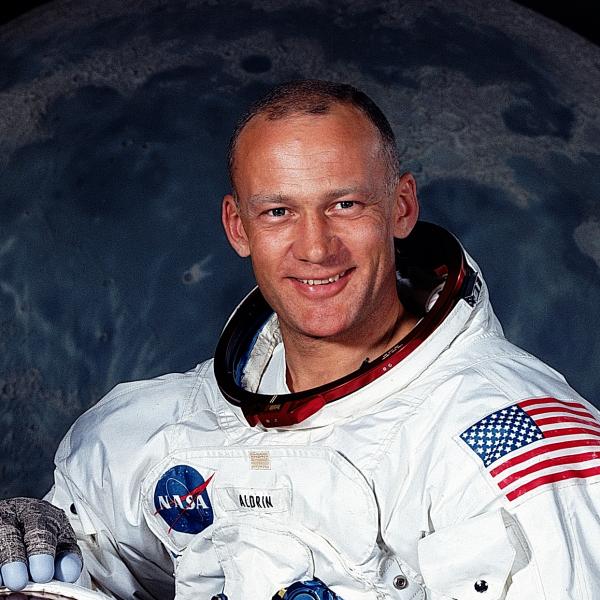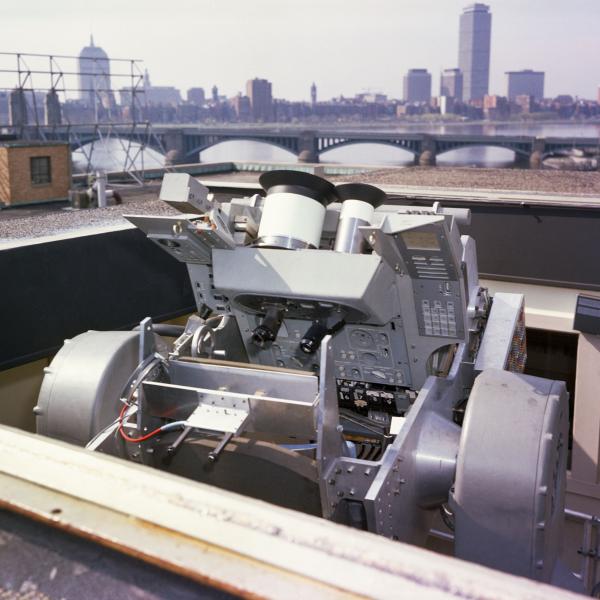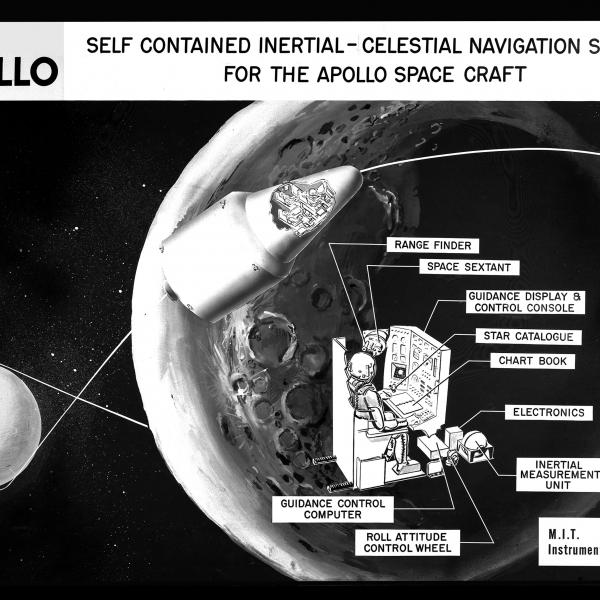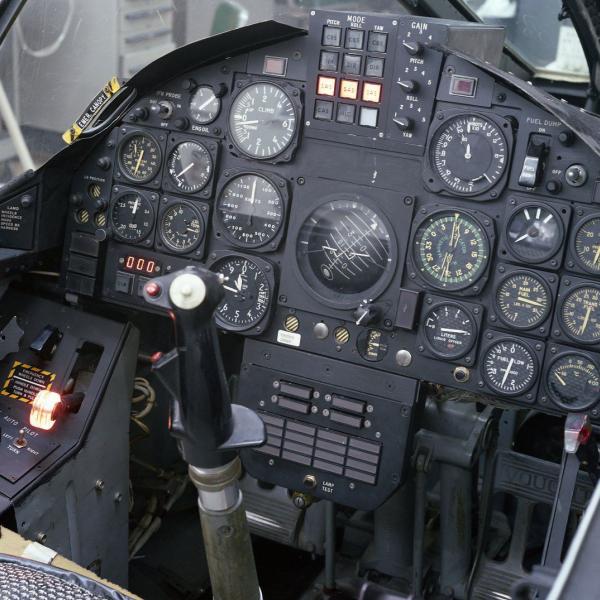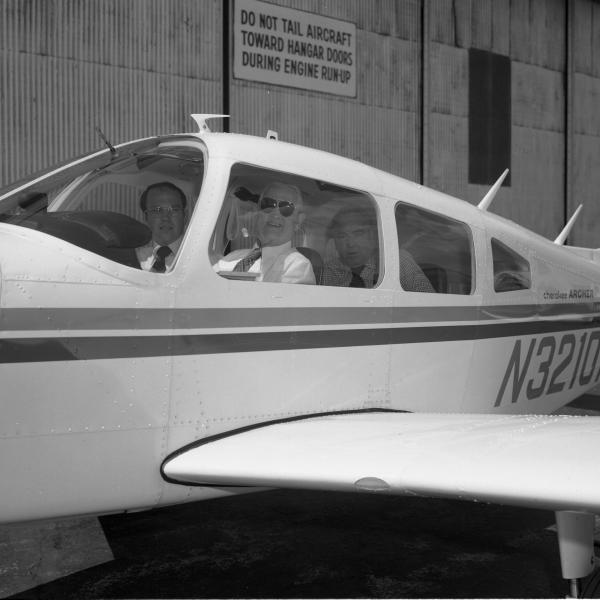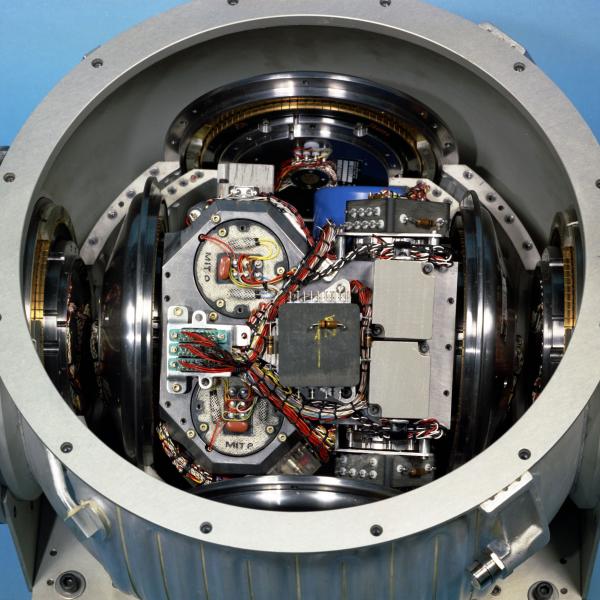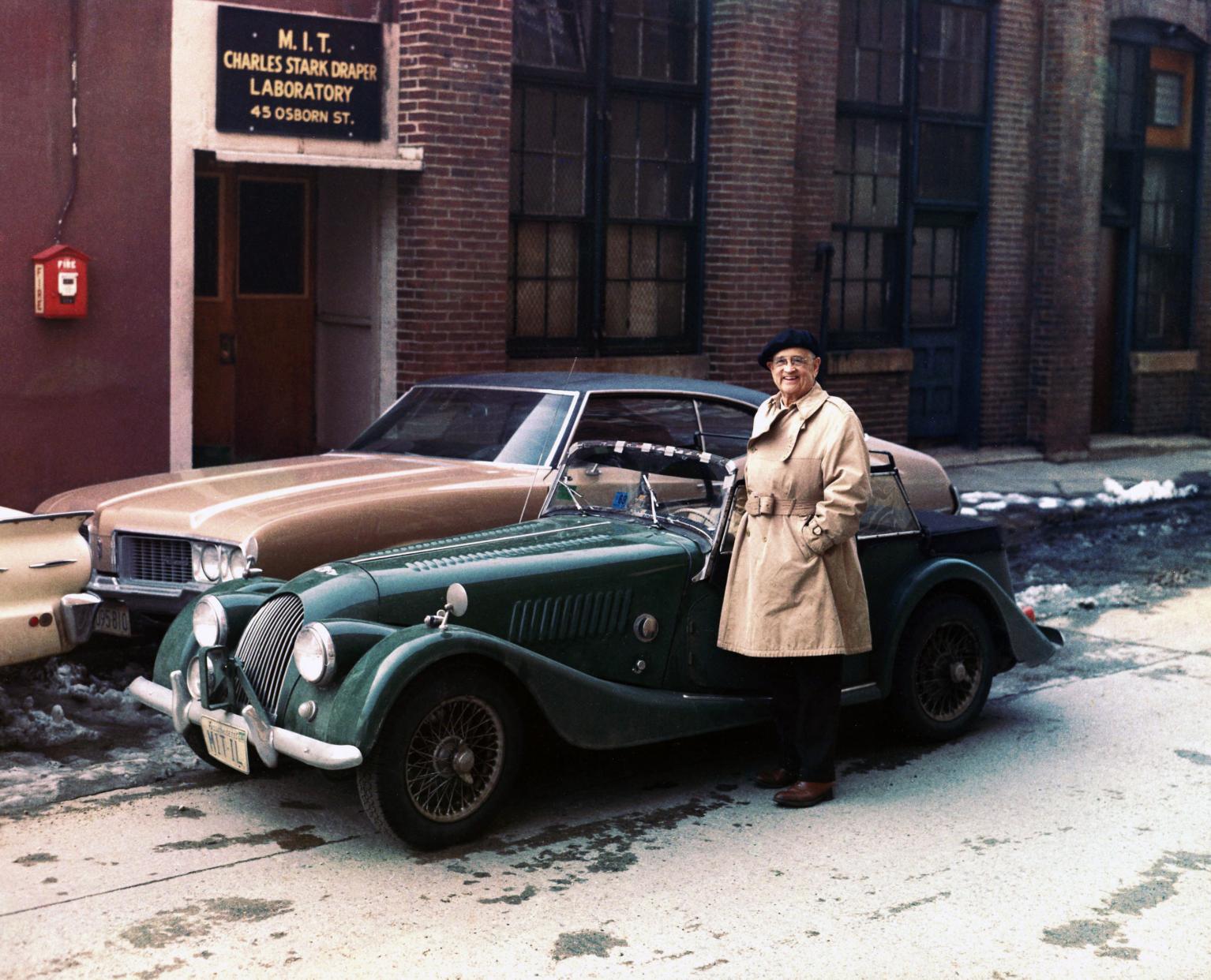
Apollo's Iron Man: Doc Draper
Charles STARK Draper was Apollo's Iron Man of the Space Race.
Today’s science and technology pioneers are people who drive innovation through their unrivaled passion – Elon Musk, Bill Gates, Sheryl Sandberg, Steve Jobs, etc. In the 1960s that person was Dr. Charles Stark Draper and without him, we wouldn't have walked on the moon. With the middle name Stark, it's no surprise that he was America's superhero, spearheading the invention of the primary technology that would land the first man on the moon.
‘Doc’ Draper, as he was affectionately called, lead the team that developed the guidance, navigation, and control system that safely and accurately landed Neil Armstrong and Buzz Aldrin on the moon, and returned them back home to Earth with precision accuracy. For the space and aviation industry at the time, limited by its formal, restrictive and bureaucratic culture, he was a maverick.
When Draper first enrolled at MIT in the 1920s he stood out, not many students took their professors up in a propeller plane to get their questions about aerodynamics answered. He was a ballroom dancer, a boxer and a basketball player and though he has a doctorate in physics, he probably wasn't ever called a nerd. When he became a professor at MIT he took a hardline approach – his students focused on real world problems and not theoretical equations. He always stressed the physical significance of the technology.
Draper's spark of mechanical engineering genius helped the United States naval fleet in WWII when he designed an 'inertial navigation' system that used gyroscopes to stabilize gunsights mounted aboard Navy ships to shoot down enemy aircraft attacking the fleet in the Pacific. It was his intimate and inviting leadership style at that created a setting for everyone else’s creativity to thrive. As the leader of the MIT Instrumentation Lab charged with developing the Apollo navigation technology, he was known to throw guys into a new department totally out of their comfort zone and training and ask them what they could do there. He let them figure it out for themselves which gave everyone a personal stake in the outcome.
His legacy was to be remembered as the ‘father of inertial navigation’ for this role in inventing and implementing guidance systems based on the same principles as a spinning top. A rapidly spinning wheel resists the force of motion, and can therefore be used as a ‘self contained system’ to measure changes in course.
Unlike a stereotypical genius, Draper had a love of people. What this meant for the Apollo missions was a love of America and its astronauts. He was meticulous about the details because he actually cared for these men and their safety. Without his leadership skill and creative innovation, the US would not have met the "by the end of the decade" challenge set by the President. As Kennedy famously said "We choose to go to the moon in this decade and do the other things, not because they are easy, but because they are hard, because that goal will serve to organize and measure the best of our energies and skills". Draper's work epitomizes the best of US engineering energy and skill. To honor the 'Doc' the Instrumentation Lab that he led and that invented the technology to navigate to the moon would eventually bear his name, Draper.
